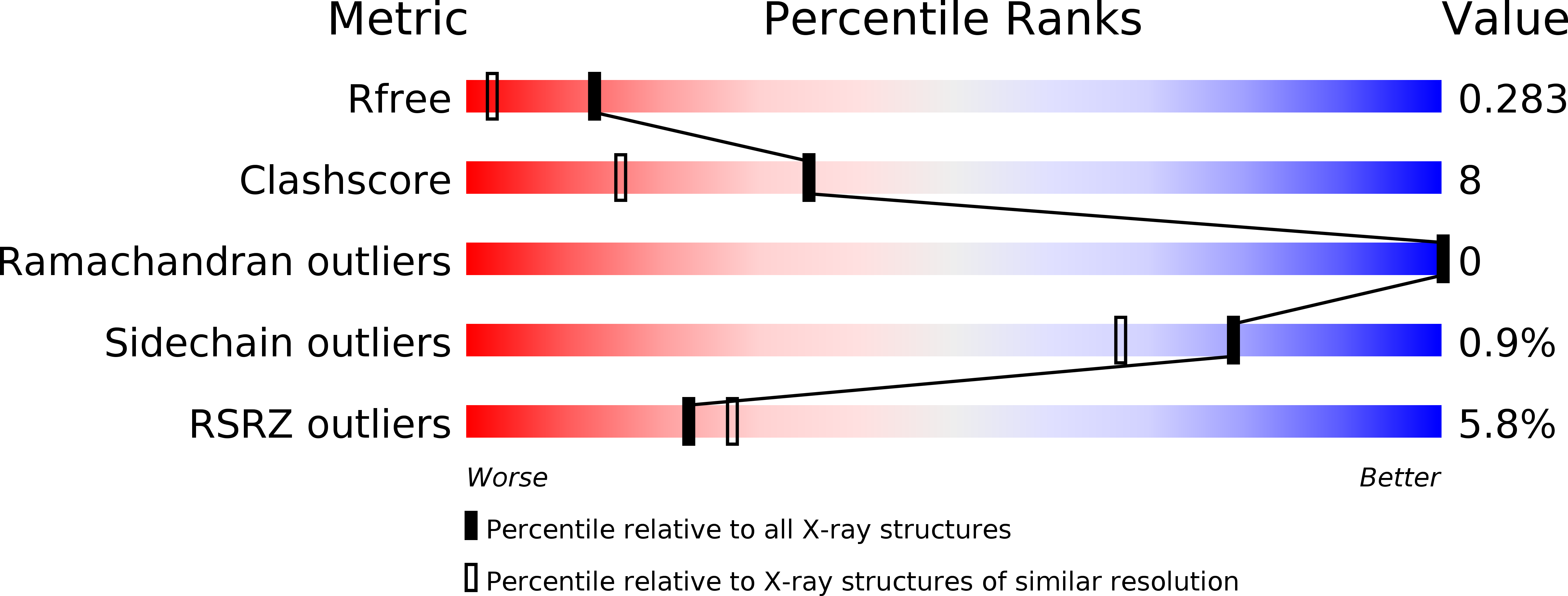
Deposition Date
2020-01-29
Release Date
2020-06-03
Last Version Date
2023-10-11
Method Details:
Experimental Method:
Resolution:
1.74 Å
R-Value Free:
0.28
R-Value Work:
0.23
R-Value Observed:
0.24
Space Group:
P 1 21 1


